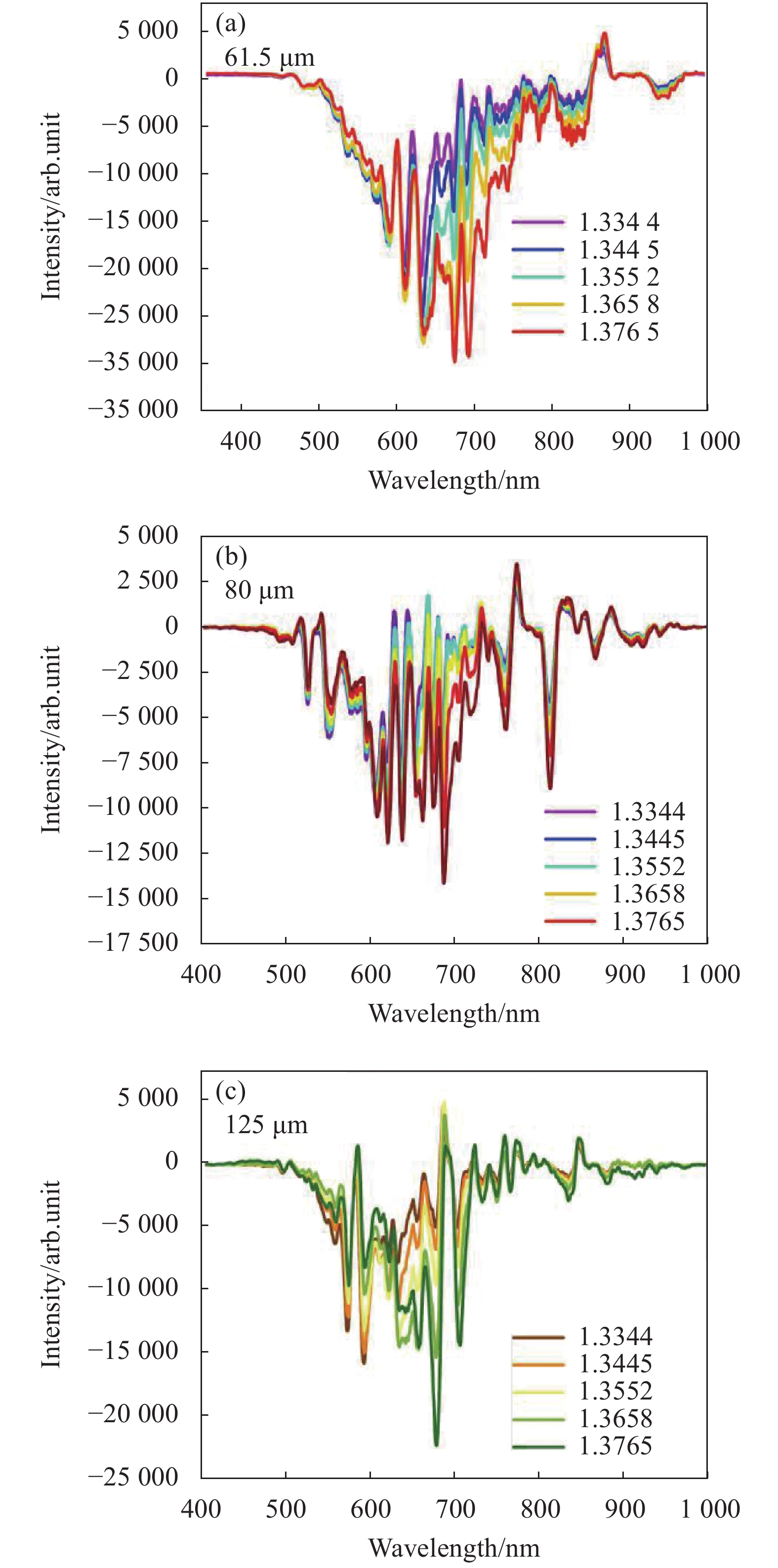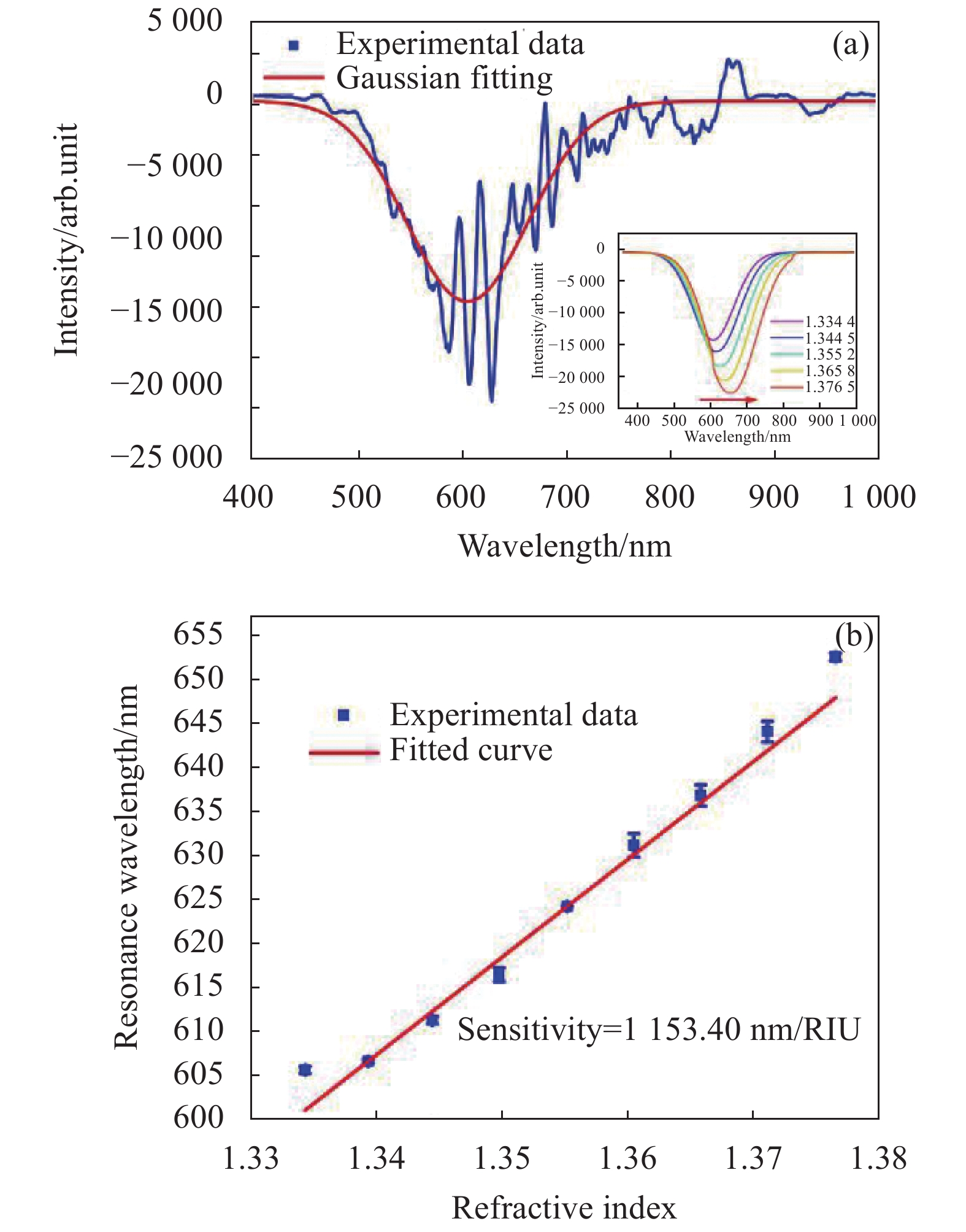HTML
-
伴随着光纤通信的高速发展,光纤传感器的研究也正蓬勃发展起来[1-2]。新时代下,光纤网络已经为物联网搭建起了万物互联的新“脉络”,而“脉络”的终端,也就是作为感知层的光纤传感器仍在努力地开发、探索中。其中,光纤生物传感器在构建智慧医疗网络中显得尤为重要。目前,光纤生物传感器主要分为光纤倏逝场传感器[3]、光纤干涉型传感器[4]、光纤光栅传感器[5]、微纳光纤传感器[6]、D型光纤传感器[7]和光纤表面等离子体共振(SPR)传感器[8]等。
在各类光纤生物传感器当中,光纤SPR传感器由于结合了光纤传感器微型化、可在线传输、易操作和SPR检测技术的高灵敏、高选择性、免标记等优势[9-10],成为了当前免疫学生物传感器的研究热点。但是目前主要的光纤SPR传感器研究都是基于多模光纤传输信号的,在远距离传输中易损耗、失真,而且不适合与目前基于单模光纤传输的光纤网络衔接。
基于多模光纤SPR传感器的不足,文中提出一种单模光纤激发镀金无心光纤的SPR传感器,传感器的光纤结构由两段单模光纤(Single-mode fiber)中间夹心对接一段无心光纤(No core fiber)组成,因此我们把此传感器简称为光纤SNS-SPR传感器。此类传感器采用单模光纤传输光传感信号,能够有效减小信号在远距离传输中的损耗与失真,且适合与当前的光纤网络衔接。但是光纤SNS-SPR传感器在激发SPR检测信号的同时也激发了多模干涉信号,为了消除多模干涉信号的干扰,文中比较了具有不同无心光纤直径的传感器,采用了去除参考光谱法,高斯拟合等一系列方法,最终在具有芯径为61.5 μm的无心光纤的传感器中提取出有效的SPR光谱信号。
-
光纤SNS-SPR传感器,如图1所示。传感器的光纤结构由两段单模光纤中间夹心熔接一段长度为12 mm无心光纤(台湾卓越成功公司)组成。由于两种光纤的纤芯不匹配对接,使得进入无心光纤中的单模光束激发起了多个高阶模式。一方面这些高阶模式到达无心光纤表面形成表面倏逝场,我们在无心光纤表面沉积45 nm的金传感层,当金传感层中的自由电子波矢KSPR与倏逝场的入射波矢分量Kz相等时,SPR发生,入射光被吸收,同时金传感层中的等离子体波激发。
式中:εm(λ)和εe分别为金传感器和被探测外部介质的介电常数,且εm(λ)随光波长λ的变化而变化;nc是无心光纤的折射率。SPR吸收的光波长随被探测外部介质的改变而移动。
另一方面,无心光纤中传输的多个模式再次汇入单模光纤时会产生多模干涉,干涉模式满足以下条件:
式中:
$\Delta n_{eff}^{m,n}$ 为不同模式间的有效折射率差;m和n是模式的阶数;L为无心光纤的长度;λ为光波长;N是整数。多模干涉光谱将叠加于SPR光谱,在本传感器设计中不利于SPR检测信号的提取,应该设法消除。实验制备了三种不同规格的光纤SNS-SPR传感器,通过改变无心光纤的芯径(125 μm,80 μm,61.5 μm)来设计传感区。采用经典的直接透射传输系统对不同传感器进行测试比较。输入端的光源采用白光光源(ThorLabs, SLS 201L/M),输出端的探测器采用可见光光谱仪(Ocean Optics, USB 4000)。
-
实验首先测试三种传感器,观察其能否激发有效的SPR信号。从图2的空气和蒸馏水检测的原始光谱对比图中可观察的三种传感器均产生了可观的SPR光谱吸收,其中61.5 μm光纤SNS-SPR传感器的吸收最为明显,主要由于其传感光纤的纤芯最细,激发了更强的表面倏逝场,从而提高了表面倏逝场与金属层相互作用的效率。另一方面,所有的原始光谱均出现了明显的干涉波纹,且由于多模干涉具有多重干涉的复杂性,使得干涉性质多变且不一致,无法统一消除。
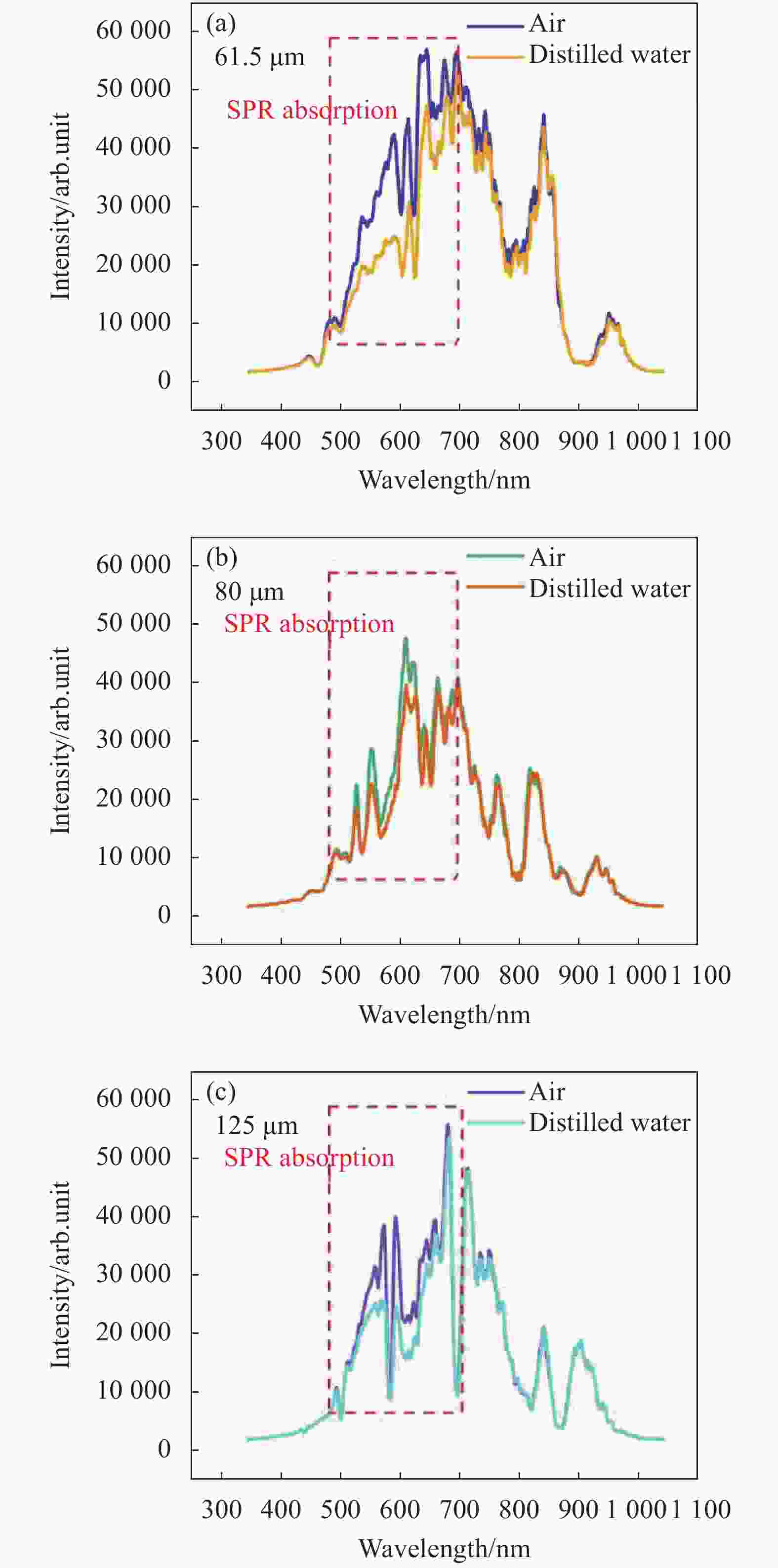
Figure 2. Comparison of spectral differences between air and distilled water detected by the three kinds of optical fiber SNS-SPR sensors. The core diameter of no core fiber is (a) 61.5 μm, (b) 80 μm, (c) 125 μm
进一步以传感器在空气中的检测光谱为参考光谱,检测不同折射率液体样品的光谱为探测光谱,通过探测光谱减去参考光谱的方式设法去除基础干涉波纹,并提取SPR检测信号。如图3所示,三种传感器的相对光谱中均出现了明显的SPR吸收峰,但仍然无法消除干涉的影响;随着检测环境折射率的变化,SPR吸收峰的光强度相应地发生变化,变化最为明显的波段集中于600~700 nm之间,但是由于干涉波纹的干扰,无法辨别出SPR吸收峰随检测折射率变化的波长移动。于是采用光强调制的方式来获取SPR检测信号,提取各个传感器在600 nm、650 nm、700 nm处光强随折射率的变化,并在图4中进行比较。受干涉波纹的影响,多数光强度随折射率的变化不满足单调变化规律,无法作为传感器的检测信号来使用;而61.5 μm和80 μm光纤SNS-SPR传感器在700 nm处的光强随折射率变化为非线性关系,也不便于传感器信号的处理;仅有80 μm光纤SNS-SPR传感器在600 nm、650 nm处的光强变化和125 μm光纤SNS-SPR传感器在700 nm处的光强变化具有较好的线性关系。通过线性拟合,算得80 μm光纤SNS-SPR传感器在600 nm、650 nm处的光强灵敏度分别为19053 arb.unit/RIU和25911 arb.unit/RIU,125 μm光纤SNS-SPR传感器在700 nm处的光强灵敏度为90689 arb.unit/RIU。在系统正常运作时,实验实测了系统的光强平均波动为±50 arb.unit,进而计算80 μm光纤SNS-SPR传感器在600 nm、650 nm处的折射率分辨率为5.25×10−3 RIU和3.86×10−3 RIU,125 μm光纤SNS-SPR传感器在700 nm处的折射率分辨率为1.10×10−3 RIU。光纤SNS-SPR传感器以光强调制方式获取的检测分辨率较低,且光强调制检测对于系统光源和探测器的稳定性要求较高。继续对光纤SNS-SPR传感器的信号进行分析、解调,下一步将以波长调制的方式来获取SPR检测信号。
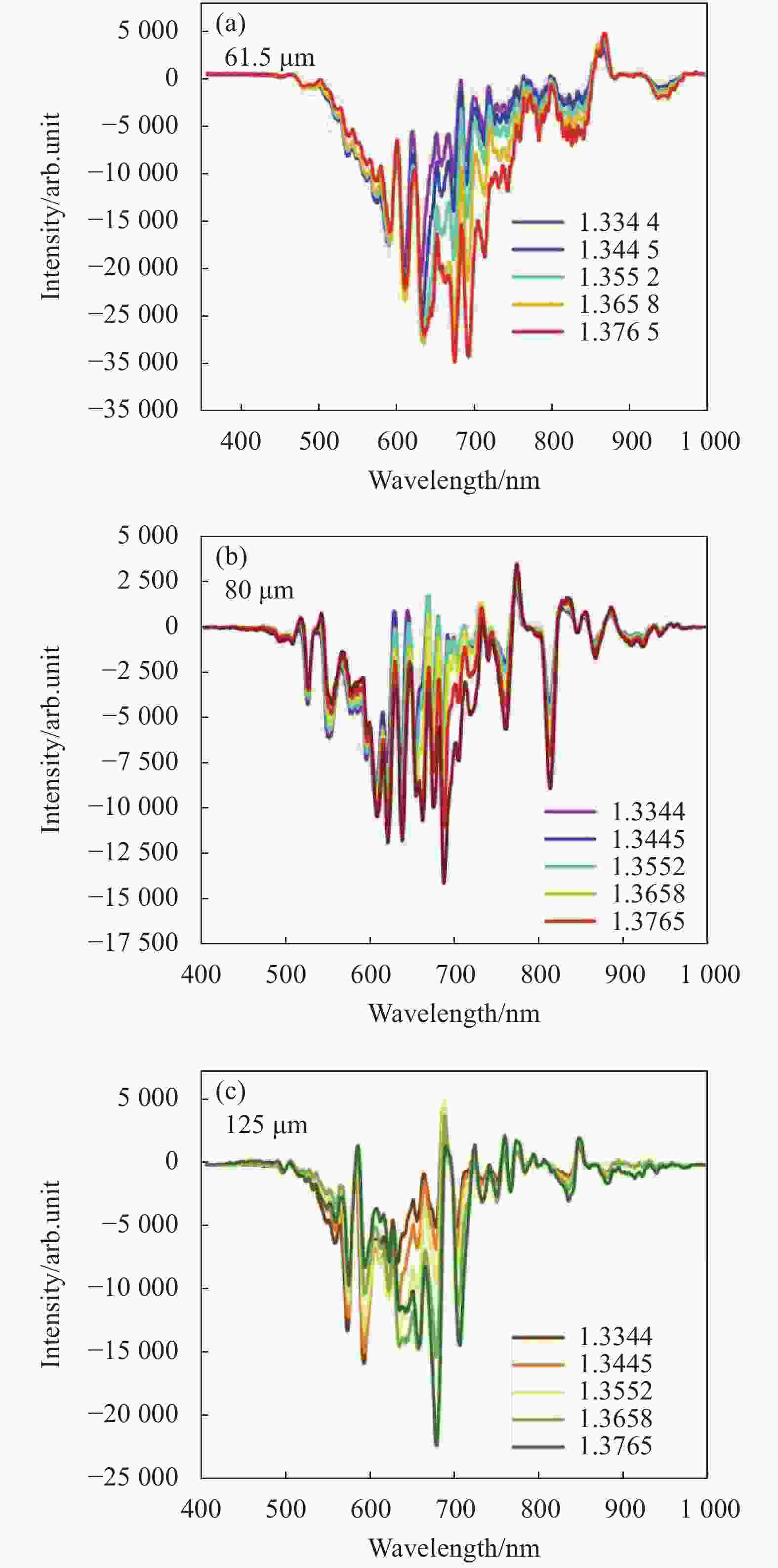
Figure 3. Comparison of relative spectra of the three kinds of optical fiber SNS-SPR sensors for detecting different refractive indexes. The core diameter of no core fiber is (a) 61.5 μm, (b) 80 μm, (c) 125 μm
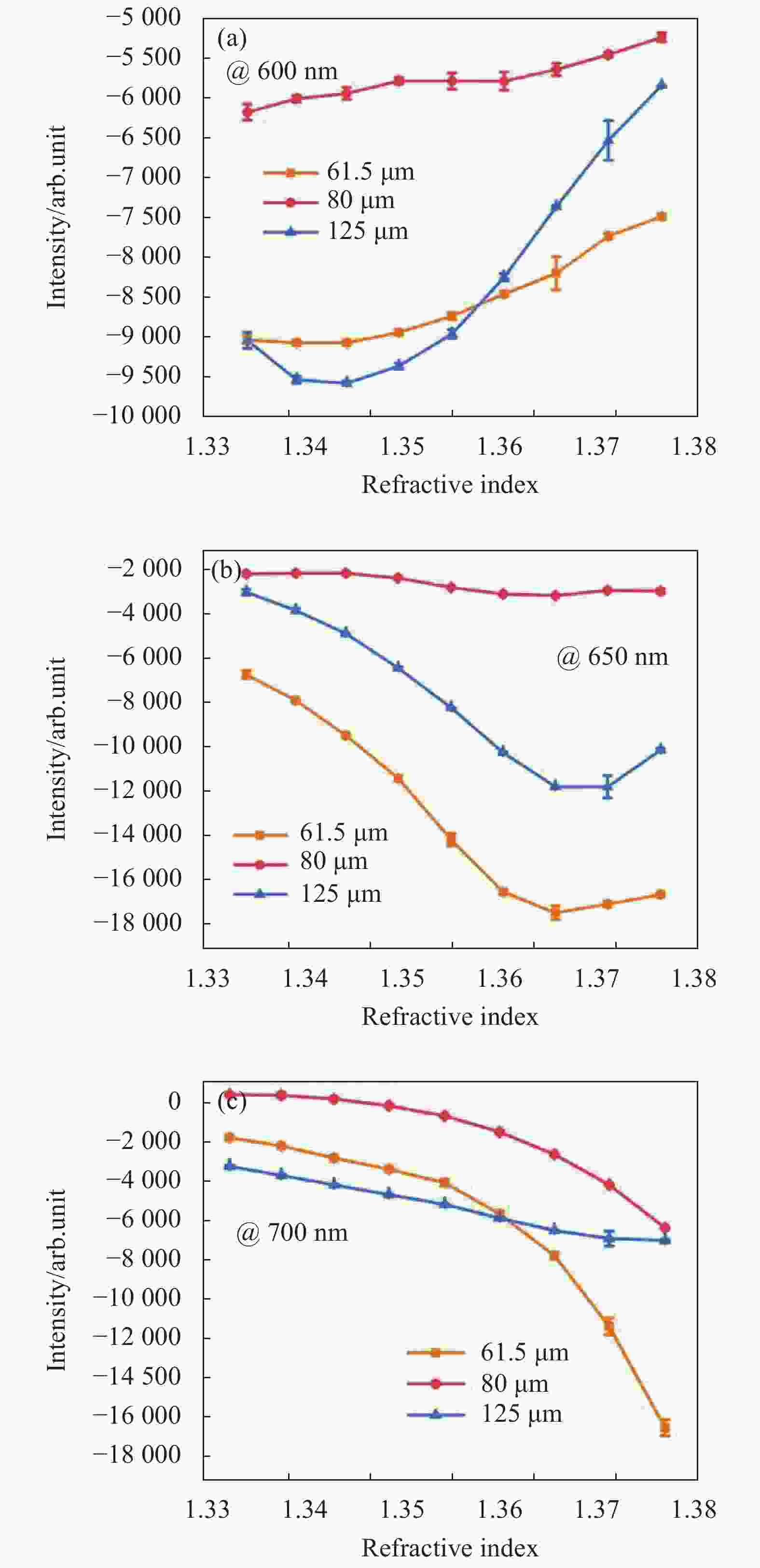
Figure 4. The relationship between the light intensity and the refractive index at the wavelength of (a) 600 nm, (b) 650 nm, (c) 700 nm detected by the three kinds of fiber SNS-SPR sensors
实验对图3中的相对光谱进行平滑处理,然后进行高斯拟合,结果三种传感器中仅有61.5 μm光纤SNS-SPR传感器能够成功拟合出SPR吸收峰型,如图5(a)所示。另外两种传感器则由于无心光纤区拥有较大的芯径,使得内部激发了更多的高阶模式,参与干涉的模式越多,多模干涉就更为复杂,结果使得SPR信号完全淹没于干涉信号中,无法通过高斯拟合获取。61.5 μm光纤SNS-SPR传感器中高斯拟合后的SPR吸收峰如图5(a)中插图所示随折射率升高而灵敏地发生红移,其SPR吸收峰的最低点随折射率变化的波长关系如图5(b),呈现较好的线性关系,其线性关系的斜率即为灵敏度,且为1153.40 nm/RIU。光谱仪的波长分辨率为0.2 nm,进而算得61.5 μm光纤SNS-SPR传感器以波长调制方式的折射率分辨率为1.70×10−4 RIU,比以光强调制方式的折射率分辨率高了一个数量级。
-
文中提出了一种以单模光纤激发和传输的光纤SNS-SPR传感器,能够有效减小信号在远距离传输中的损耗与失真,且适合与当前的光纤网络衔接。传感器同时激发了SPR检测信号和多模干涉信号,为了消除多模干涉信号的干扰,比较了具有不同无心光纤直径的传感器,采用了去除参考光谱法,高斯拟合等一系列方法,最终在61.5 μm光纤SNS-SPR传感器中提取出有效的SPR光谱信号,且传感器的灵敏度为1153.40 nm/RIU,折射率分辨率为1.70×10−4 RIU。此类光纤生物传感器的成功开发,为智慧医疗、远程医疗提供了一种新的思路。



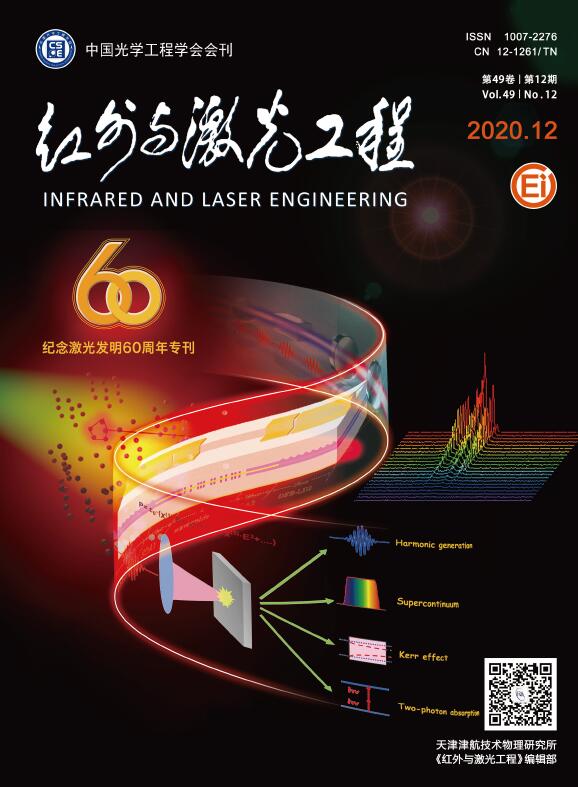





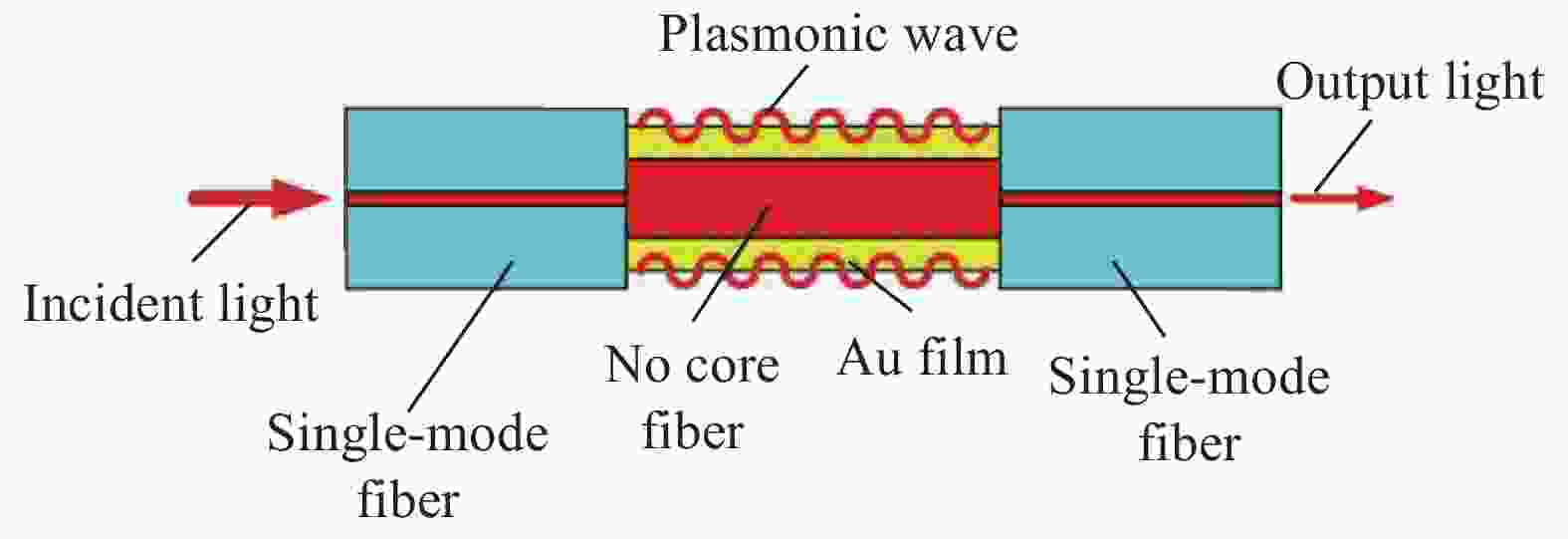

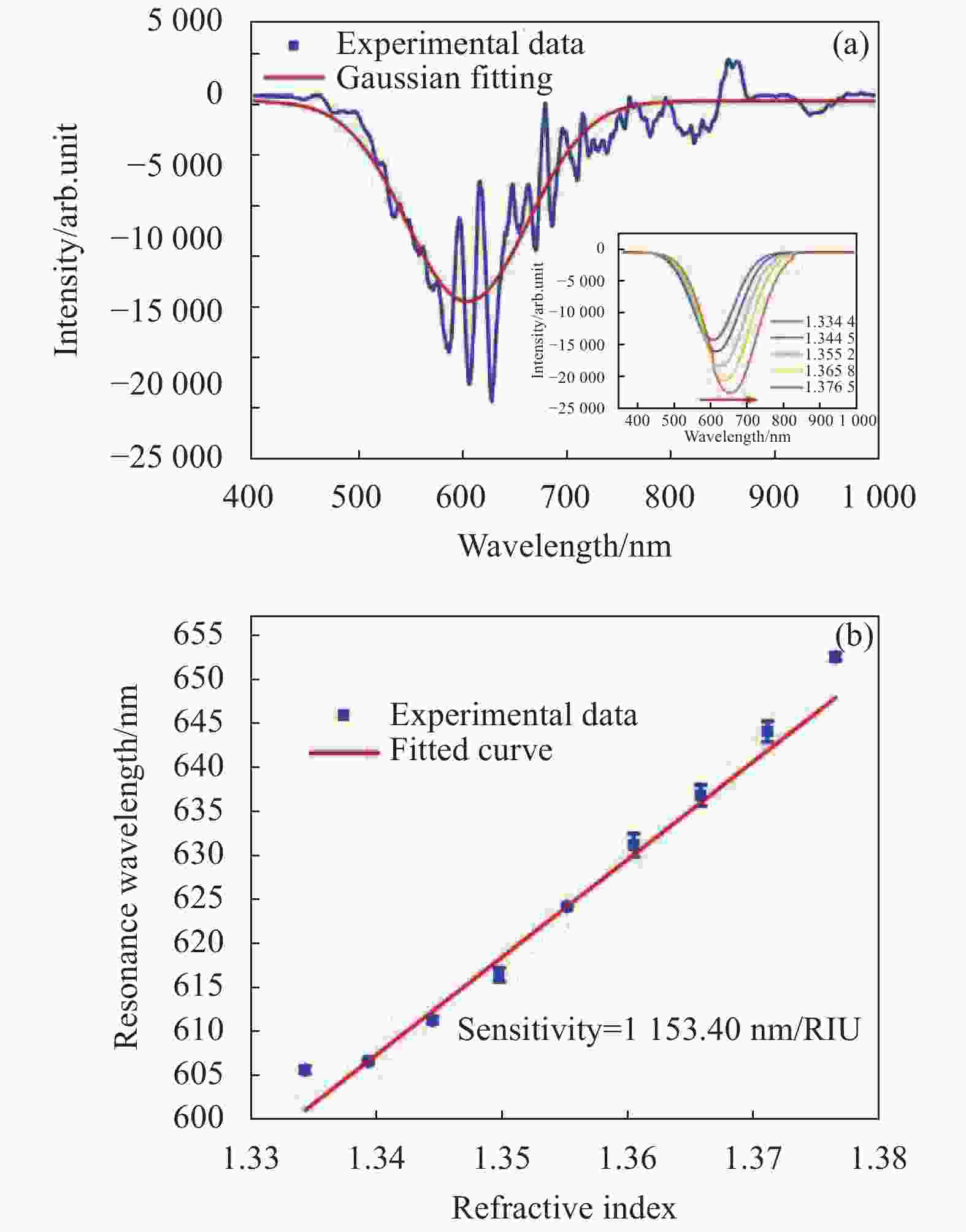

 DownLoad:
DownLoad:

